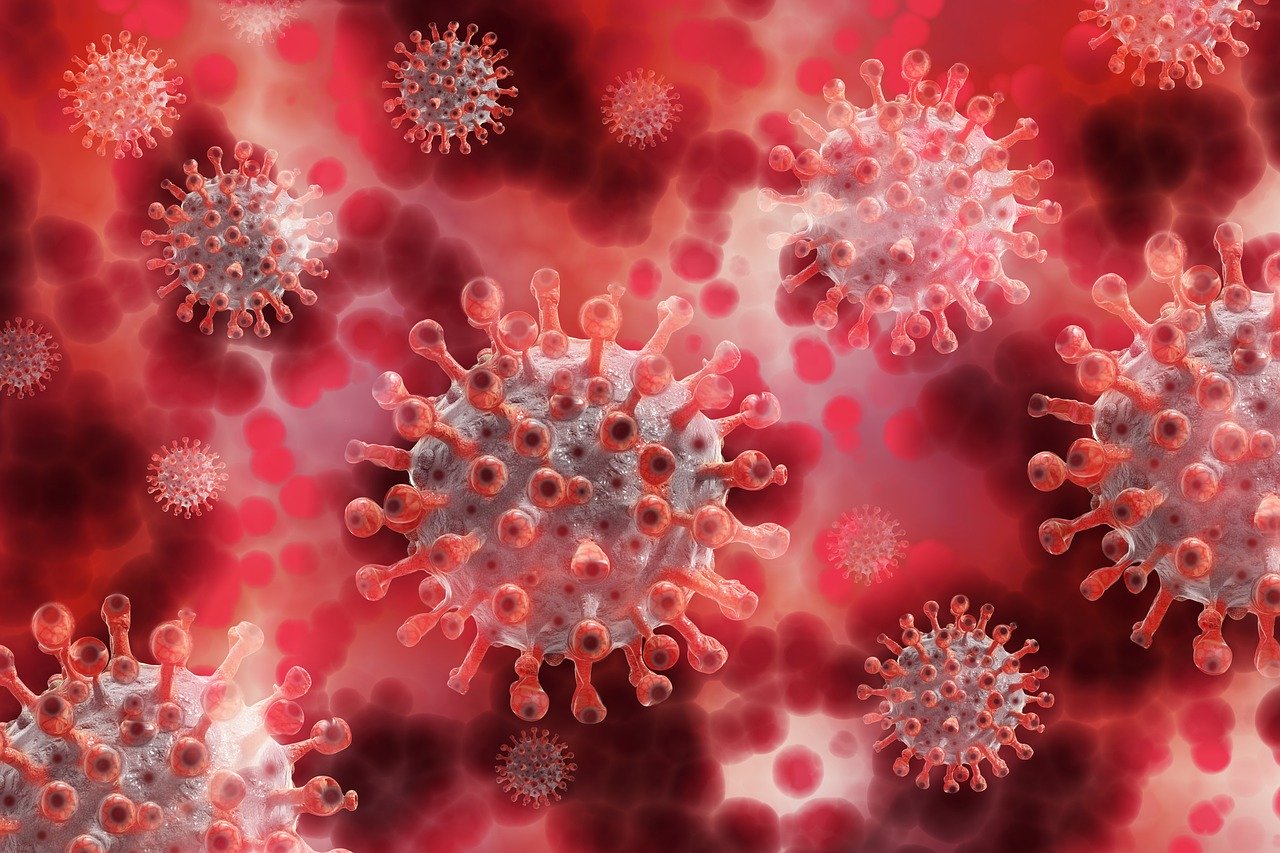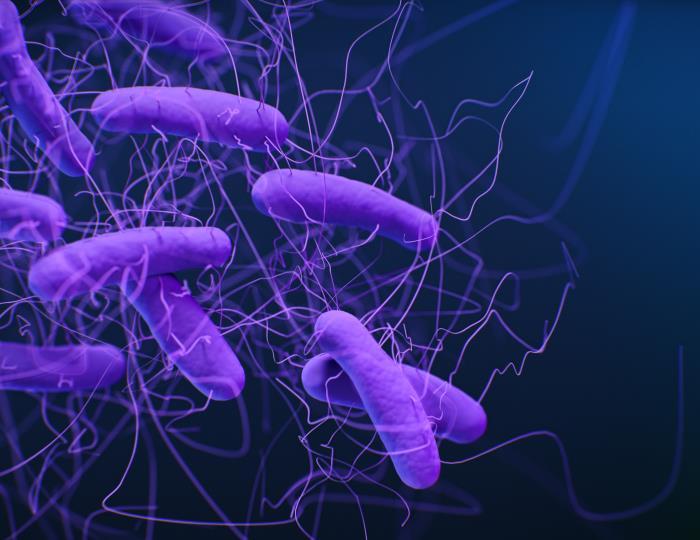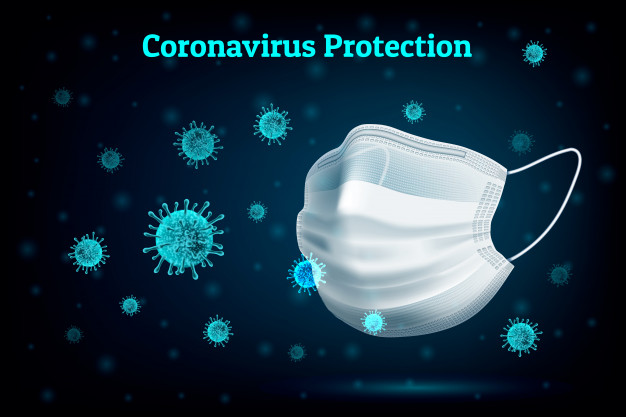Immunotherapy is the lesser-known mainstream treatment for cancer. It has recently been gaining popularity ever since the first chimeric antigen receptor T- (CAR-T) cell therapy was approved for Non-Hodgkin lymphoma in 2017. Currently, numerous CAR-T-cell therapies for a variety of cancers are being granted investigational new drug clearance to enter clinical phases.
The clustered short palindromic repeat or also known as CRISPR associated protein 9 (CRISPR/Cas9) technology plays a crucial role in advancing the CAR-T-cell therapy field, owing to its high efficiency, simplicity, and flexibility. It is an exciting new world out there for CAR-T cell therapy researchers, aiming to term cancer a curable disease.
What is chimeric antigen receptor T- (CAR-T) cell therapy?
CAR-T cell therapy usually involves engineered T cells that act as synthetic receptors. They typically contain a tumor-specific chimeric antigen (CAR) containing an intracellular domain, an antibody derived targeting extracellular domain and transmembrane domain. The transmembrane domain from CD28 is responsible for providing stability to CAR.
The T cells programmed with CARs can be used to specifically target and kill antigen-expressing cells without the major histocompatibility complex. Data from studies show that CAR-T-cell therapy has helped in the complete remission of patients diagnosed with a variety of solid and hematologic cancers, especially in relapsing cases of acute lymphoblastic leukemia with a remission rate of 80-100%.
CRISPR technology in developing CAR-T-therapy:
One of the crucial decisions in designing CAR-T cells is choosing the right DNA template for CAR expression. An appropriate DNA template should be obtained easily and rapidly, containing flexible insert sizes, highly efficient target sites, and low cellular toxicity. For a long time, viral vectors were used, but concerns regarding the integration in the wrong location causing unnecessary diseases, gave rise to CRISPR/Cas9 technology.
A powerful eukaryotic cell genome editing tool, CRISPR/Cas9 technology makes it possible to insert large genes at the required genetic sites in T cells for successful CAR-T engineering without viral vectors. The two essential components of CRISPR technology include a guide RNA (gRNA) customized to recognize the protospacer on target DNA, and a Cas9 protein to create precise double-stranded breaks (DSBs) for gene mutation.
DSBs have a unique ability to create two distinct mechanisms for repair. One is through the non-homologous joining, which introduces mutations to DSB sites and the other a homology-directed repair (HDR) mechanism which makes sure the donor DNA template is accurately placed for the gene knock-in. The HDR mechanism is popular among researchers due to its precision insert of the CAR expression cassette into the T cells.
Methods employed to prevent allogeneic CAR-T side effects:
The multigene editing capability of CRISPR/Cas9 technology is employed for the potential safety of any allogeneic CAR-T therapy-associated side effects. For example, to prevent any graft Vs host rejection, the general approach would be to knock out the expression- TCR-αβ of T cells. To function, TCR-αβ requires both α- and β-chains. The α-chains encoding TCR-α can be knocked out using CRISPR gRNA. From previous studies, it can be noticed that when CAR placed under endonuclease transcriptional regulation, it leads to continued T cell function and a delay in cell exhaustion.
Host Vs graft disease can also be avoided by knocking out β2-microglobulin, an essential part of the major histocompatibility complex class I molecules, using CRISPR to stop the surface antigen presentation. The gRNAs have also been shown to target immune inhibitory receptors enhancing the antitumor activity of CAR-T-cells.
Future Perspective:
The remarkable use of CAR-T cells in the remission of advanced malignancies is promoting the rapid growth in developing smarter and commercialized CAR-T therapies. The CRISPR/Cas9 genome editing technology promises a hopeful next-generation CAR-T cell product by adding novel CAR-T cells knockout and inducible safe switches to avoid self-killing.
However, there are certain concerns regarding the technology which includes off-target effects, causing random mutations. Multiple strategies such as optimized gRNA design, careful selection of target sites, prior off-target detection assays should be attempted to minimize the risks.
By technical progress to avoid mutations, and improved delivery efficiency, CRISPR/Cas9 mediated T cell engineering holds great promise. Currently, experts are working on exploring other CRISPR/Cas 9 gene targets for multiplex editing for potentially developing an optimal off-shelf allogeneic CAR-T cells products as universal treatment options.



